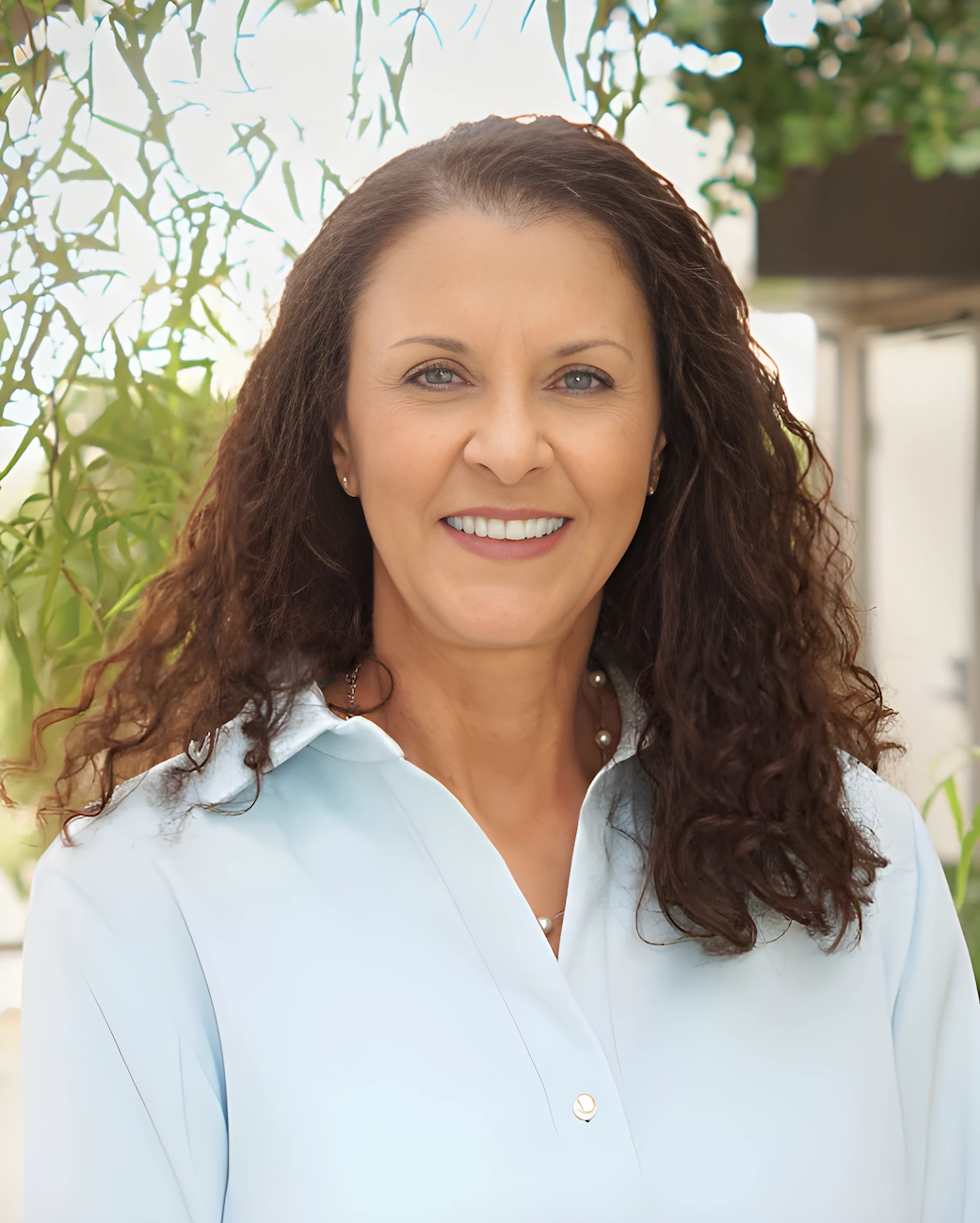
Tobacco-Use Prevention Education
The purpose of these grant funds is to implement, maintain and enforce a tobacco-free school policy in school districts as authorized by California Health and Safety Code (HSC) Section 104420, and conduct the California Healthy Kids Survey (CHKS).
The focus of the CDE’s Coordinated School Health and Safety Office is to provide students with the knowledge and skills that enable them to be tobacco free. Implementing a tobacco-free school policy and surveilling the prevalence of tobacco-use behaviors are fundamental to this effort.
TUPE News and Announcements
Have you checked out the New website for the Smokers Helpline? KICK IT CALIFORNIA
Centers for Disease Control and Prevention (CDC)
E-Cigarettes (Vaping)
The U.S. Surgeon General has called e-cigarette use (vaping) by youth an “epidemic”, and warned it threatens decades of progress toward making sure fewer young people use tobacco.
Know the Facts
THE FACTS on e-cigarette use among youth and young adults
Most e-cigarettes contain nicotine, the highly addictive drug in tobacco. Nicotine is especially harmful to young people. The human brain keeps developing until around the age of 25. Using products with nicotine under age 25 can harm the part of the brain responsible for memory, attention, and learning.
What Educators Need to Know
There is evidence that young people who use e-cigarettes may be more likely to smoke regular cigarettes in the future. In addition, the liquid that e-cigarettes heat to form an aerosol (vapor) contains harmful ingredients—including heavy metals and even cancer-causing chemicals—that can be breathed deep into the lungs. The part of the e-cigarette that heats up may also explode or cause serious burns.
OSH E-Cigarettes and Youth - What Educators and Coaches Need to Know
Be Aware of “Hidden” E-Cigarettes
If you work with young people, you may have seen an e-cigarette device without even knowing it. The most often sold e-cigarette in the U.S. is a brand called JUUL, which looks like a USB flash drive. JUUL “pods”, which contain liquid heated by the device, have as much nicotine as a pack of 20 cigarettes. They also come in flavors, which can make them more appealing to young people. E-cigarettes can also look like other everyday items, such as highlighters, USB drive, credit cards, remote controls, and pens.
Everyone Can Play a Part
Educate yourself about e-cigarettes. Know what to say when the topic comes up. The earlier and more often you speak with young people about e-cigarettes, the more likely they are to listen.
It is important that schools, community centers, and other places where young people gather during and after school hours have tobacco-free campus policies. Make sure students know about the policy and that it is enforced. School and community events should also set a good example by not accepting sponsorship form tobacco or e-cigarette companies.
Young people are also more likely to pay attention if the adults in their lives who they trust and respect are willing to talk. Teachers and administrators can use health classes and assemblies during the school year to invite students to ask questions about e-cigarettes. Find out about e-cigarette prevention programs teachers can use in their classrooms to let students know about the risks of e-cigarette use. Visit the Coalition for a Tobacco-Free Imperial County for resources and more information.
It is important to give students who do use e-cigarettes and want to stop the support and resources they need to quit. Many resources are available, including a mobile app to help youth quit using e-cigarettes.
Adults, lead by example – be tobacco free. If you use any tobacco products, commit to quit. Youth are more likely to use tobacco products if others around them do. As students return to classes this school year, help make sure they are more informed and confident than ever about making healthy choices.
Resources
For Parents, Teachers, Coaches, and Health Care Providers
- Parent Guide: What you Need to know About Vaping
- Fact Sheet: E-Cigarettes Shaped Like Flash Drives: Information for Parents, Educators, and Health Care Providers
- Fact Sheets: E-Cigarettes and Youth
- Infographic: Teachers and Parents: That USB Stick Might Be an E-Cigarette
- Talk with Your Teen About E-Cigarettes: A Tip Sheet for Parents [PDF–5.20 MB]
- Print Ad: “One Brain” [PDF–2.56 MB]
- Evidence Brief: Tobacco Industry Sponsored Youth Prevention Programs in Schools [PDF – 786 KB]
For Young People
- Kick It California: Student E-referral
- Presentation: Know the Risks: A Youth Guide to E-Cigarettes
- Teen.Smokefree.gov: Information for Teens Who Use Tobacco Products
- This is Quitting Mobile Program
Contact Information

Miriam Belopolsky
Sr. Director | County TUPE Coordinator
CDE County Office of Education
TUPE Coordinators
(760) 312-6498
mbell@icoe.org
